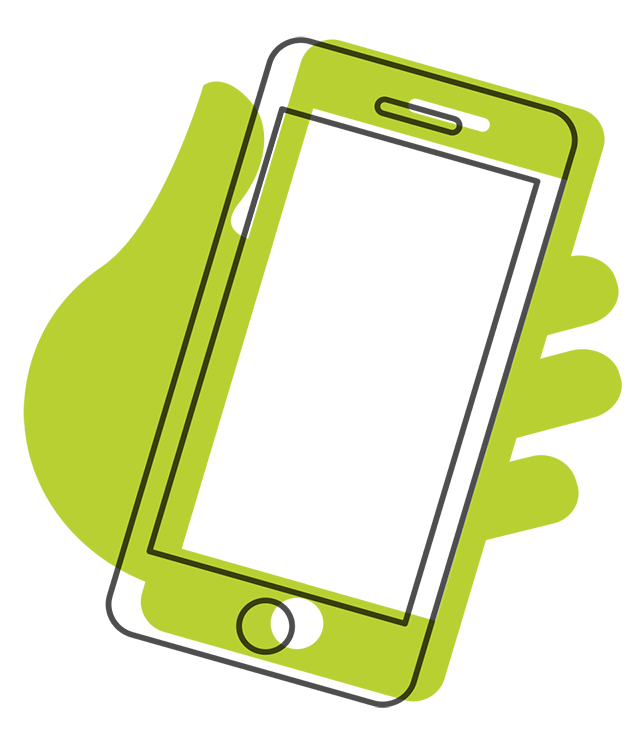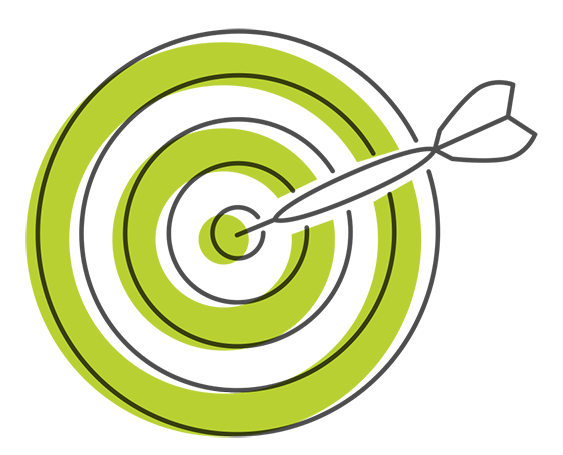The Social Media Boom sometimes seems to be the only thing marketers want to talk about these days. What will be the next big platform? How will we use it to reach our target audience?
Yet those questions can be very difficult to answer. As more social platforms are invented and audiences are fractured across the increasing number of channels, it can feel impossible to reach everyone you hope to influence. But social media’s rise is unlikely to affect one behavior almost all internet users have in common: their continued use of email. In fact, 61% of white-collar smartphone users surveyed say they prefer to hear from brands by email,1 and according to a 2017 DMA report, email marketing is the top profit generator, with the lowest cost-per-acquisition, of all media types evaluated.
Email shouldn’t be your sole marketing tool. It works best when it’s an integral part of a broader marketing strategy that considers how social initiatives, content marketing, and other parts of a plan can reinforce one another. Still, whatever your target audience, it’s highly likely you can reach it with email.
What makes email so smart?
This highly measurable tool is a solid foundation for any marketing plan because it supports, rather than detracts from, other marketing channels. According to Melissa Eggleston, content marketing strategist and author of The Zombie Business Cure, getting potenti al customers on your email list is the holy grail of marketing because email marketing is extremely effective. Part of the reason is that being contacted via email is more welcome to most internet users than social media interactions. Content delivered by email earns an average click-through rate of 3.7%, compared to an average of 0.07% for Facebook and Twitter’s 0.03%. Sending an email with information about promotions and deals your customers may otherwise have missed can drive repeat business. If you also provide options for social sharing from your email, you’ll increase the chance of reaching new audiences as well.
al customers on your email list is the holy grail of marketing because email marketing is extremely effective. Part of the reason is that being contacted via email is more welcome to most internet users than social media interactions. Content delivered by email earns an average click-through rate of 3.7%, compared to an average of 0.07% for Facebook and Twitter’s 0.03%. Sending an email with information about promotions and deals your customers may otherwise have missed can drive repeat business. If you also provide options for social sharing from your email, you’ll increase the chance of reaching new audiences as well.
How can you ensure your email marketing delivers? These three tips could help you improve your email-marketing strategy.
 1. Optimize For Mobile
1. Optimize For Mobile
Pew Research reports that 77% of Americans own a smartphone,4 and nine out of 10 use their email at least once a day. That adds up to a prime opportunity to make an instant connection with your customers. Not only are people just as or more likely to check email on their phone than on their desktop computer, but they also open a large majority of messages on a mobile device. That makes it imperative to make sure your emails are “responsive”—that is, that they can be easily viewed on whatever device a customer uses. Nearly three out of four emails that are hard to read on a mobile device will be deleted, while click rates may be up to 30% higher for emails that are responsive. Keep the odds in your favor, and make your email content mobile-friendly.
2. Personalize
Having your customers’ email addresses gives you a ready-made relationship with them; it lets you reach your target audience and gives you the opportunity to strengthen that relationship. Personalizing your email can do that, showing your customers that they’re important and that you care about them. Using a mail provider (MailChimp, Campaign Monitor, etc.) to send out your email gives you a simple way to add the recipient’s name to the subject line. These providers allow you to customize your subject line in seconds once you’ve uploaded your email list. And email with a personalized subject line is as much as 41% more likely to be opened.
3. Target
 You can further personalize your email by targeting messages to customers based on their past behavior or on what research suggests their particular interests are. You could look at information from Pew Research or another such company, or you might even bring together several of your customers for a focus group. Insights you gain can help you move beyond what you assume your audience may want to what they might actually appreciate. While sending irrelevant messages can result in customers immediately deleting your email, or unsubscribing altogether, if you can pinpoint an interest or intent and speak to that, you just might form a connection. Create multiple versions of email messages that appeal to various audience segments in your database.
You can further personalize your email by targeting messages to customers based on their past behavior or on what research suggests their particular interests are. You could look at information from Pew Research or another such company, or you might even bring together several of your customers for a focus group. Insights you gain can help you move beyond what you assume your audience may want to what they might actually appreciate. While sending irrelevant messages can result in customers immediately deleting your email, or unsubscribing altogether, if you can pinpoint an interest or intent and speak to that, you just might form a connection. Create multiple versions of email messages that appeal to various audience segments in your database.
All of these approaches can be part of a larger strategy that considers how email fits with other approaches for targeting your desired audience and that looks at the optimal frequency for email messaging. You can also follow the journeys of customers who visit your site because of email messages they received. If they don’t complete a purchase, send a follow-up email reminding them that an item is still waiting in the cart. If visitors leave your site after viewing a page or two, follow up with them to find out what your site is missing, and then fix it. Using this information to customize future email can solidify connections between you and your customers, which in turn can result in increased sales.
If you’re looking for a channel that really delivers content and connection to your target audience, focusing on your email marketing makes good business sense.


